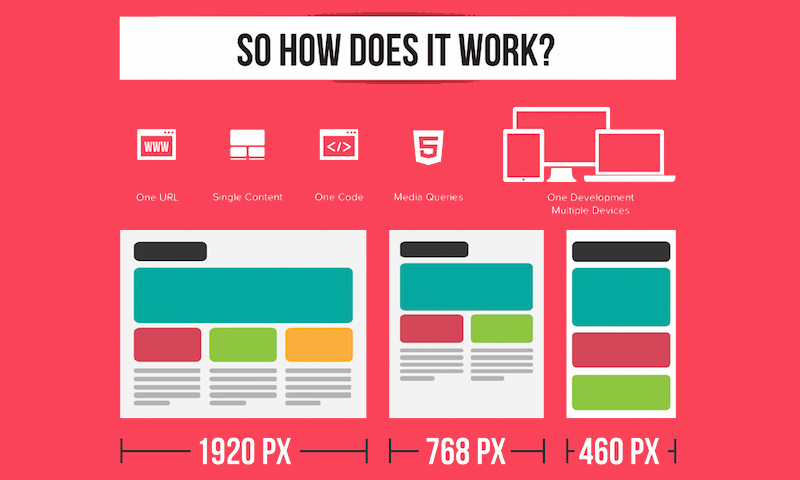The Development Of Website Design: After That And Now
The Development Of Website Design: After That And Now
Blog Article
Write-Up Author-Rasmussen Bojesen
In the past, sites were straightforward and focused on info. Navigating was straight, and design was for desktop computers. Currently, user experience is key. Data guides designs for simple navigation. Responsive layouts suit different gadgets. Today, dark setting minimizes stress, and minimal food selections enhance navigating. Interactive attributes involve customers, and bold visuals stand out. AI integration enhances engagement. See how style has progressed to enhance your online journey.
Early Days of Web Design
In the early days of web design, simpleness preponderated. Internet sites were standard, with limited shades, fonts, and designs. The emphasis was on offering details instead of showy visuals. Users accessed the internet through slow-moving dial-up connections, so rate and capability were key.
Navigation menus were straightforward, usually located on top or side of the web page. Internet sites were designed for home computer, as mobile surfing wasn't yet prevalent. Material was king, and designers prioritized very easy readability over complicated layout components.
HTML was the main coding language utilized, and designers needed to work within its restraints. Animations and interactive attributes were very little compared to today's requirements. Websites were fixed, with little vibrant content or individualized user experiences.
Rise of User-Focused Style
With the evolution of internet site style, a change towards user-focused design concepts has ended up being increasingly noticeable. Today, producing internet sites that focus on individual experience is essential for engaging visitors and attaining organization goals. User-focused style includes recognizing the needs, choices, and behaviors of your target audience to tailor the website's format, material, and includes accordingly.
Developers currently perform thorough research study, such as user studies and use testing, to gather understandings and comments straight from users. This data-driven method assists in creating user-friendly navigation, clear calls-to-action, and aesthetically attractive user interfaces that reverberate with site visitors. By positioning the user at the facility of the style process, sites can provide a more tailored and enjoyable experience.
Receptive layout has likewise emerged as an essential element of user-focused design, making sure that sites are maximized for different gadgets and screen sizes. This flexibility improves ease of access and usability, accommodating the varied ways users engage with web sites today. In essence, the increase of user-focused style indicates a shift towards creating digital experiences that prioritize the needs and assumptions of the end user.
Modern Trends in Web Design
Discover the most up to date fads forming web design today. One famous pattern is dark mode layout, supplying a streamlined and contemporary appearance while decreasing eye strain in low-light atmospheres. Another key pattern is minimal navigation, streamlining menus and boosting user experience by focusing on essential elements. Integrating micro-interactions, such as animated buttons or scrolling results, can create a more interesting and interactive site. Responsive style stays important, making certain seamless customer experiences throughout various devices. Furthermore, utilizing vibrant typography and unbalanced designs can include aesthetic interest and accentuate details material.
Incorporating AI innovation, like chatbots for customer support or individualized referrals, boosts customer interaction and simplifies procedures. Ease of access has additionally end up being a considerable pattern, with designers prioritizing comprehensive layout methods to accommodate varied user needs. Welcoming sustainability by optimizing site efficiency for rate and effectiveness is one more emerging trend in web design. Working together with user feedback and information analytics to repeat and enhance layout continuously is vital for staying appropriate in the ever-evolving electronic landscape. By welcoming these modern trends, you can produce an aesthetically enticing, user-friendly website that resonates with your target market.
Difference Between SEO And Google Ads
As you reflect on the development of web site design from the early days to now, you can see how user-focused style has become the driving force behind modern-day fads.
Accept the journey of modification and adaptation in web design, always keeping the user experience at the leading edge.
Keep current with the most recent patterns and modern technologies, and never stop progressing your approach to develop aesthetically spectacular and user-friendly web sites.
Advance, adapt, and develop - the future of web design is in your hands.
